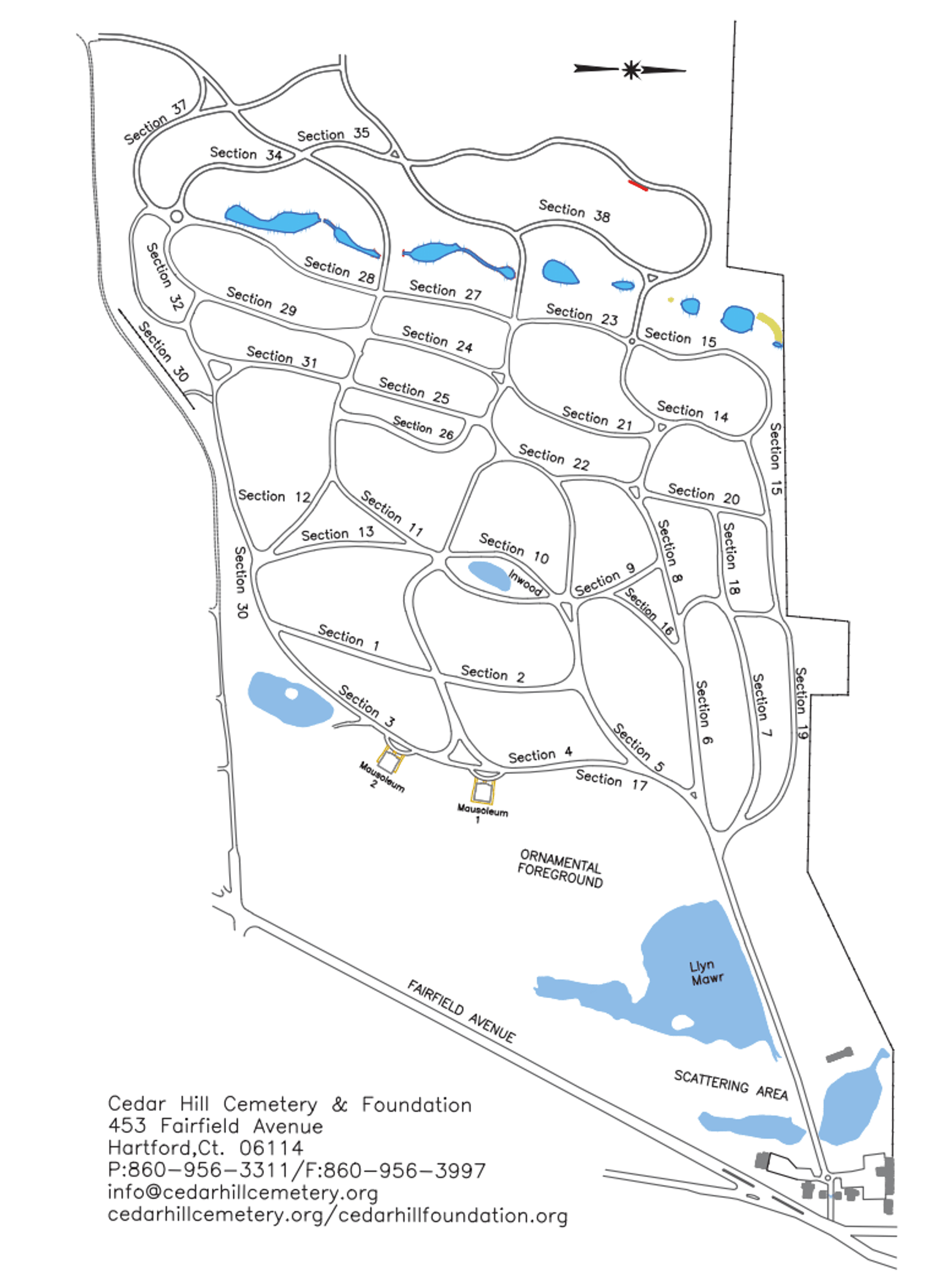Gilbert F. Heublein
Fun Facts
In 1875 the Heublein Family created the first premixed cocktails, advertising them widely as Club Cocktails. While nearly every biography in print today states that the ready-made cocktails were so popular that Heublein built a distillery just to satisfy the demand. There is no evidence that the Heublein’s ever owned or built a distillery. What they did do was operate a “rectifying” operation – compounding and blending spirits to achieve the cocktails. The Heubleins also were issuing their own whiskey, a primary house brand being Federal Club. They labeled it prominently as a “blend.” As its liquor business thrived, G. F. Heublein & Bro. opened a sales office in New York City and in 1915 incorporated the company.
It has also been said that Gilbert drove the company into financial difficulties during Prohibition and bought Smirnoff vodka only to have his grandson step in and save the company. This is false. John Martin was named president of Heublein Inc. after Gilbert passed away. Two years later John purchased Smirnoff vodka and grew the spirit part of the business over the course of 50 years with spectacular success.
In 1875, Heublein proposed to Louise M. Gundlach who was the daughter of a prominent Hartford German American businessman. During a hiking excursion on Talcott Mountain, Heublein promised his soon-to-be bride that he would one day build her a German-style mansion atop the mountain. As promised, in 1914 Heublein built a six-story, German-style mansion atop Talcott Mountain. Known now as Heublein Tower, the home served as a summer retreat and entertainment venue for weekend guests. The Tower was state-of-the-art, built to withstand winds gusts of more than 100 miles per hour. It included a five passenger elevator considered to be the first home elevator in Connecticut. Today it is a popular tourist destination.
Cemetery Information:
Final Resting Place:
Cedar Hill Cemetery
453 Fairfield Avenue
Hartford, Connecticut, 06114
USA
North America
Map:

Grave Location:
Section 12, Lot 32Grave Location Description
As you enter the cemetery stay to the hard left past the mausoleums until you get to the intersection of Sections 12 and 30. Walk towards the large Heublein Angel towards the center of the Section 12 where you will find the graves of the Heublein Family.




